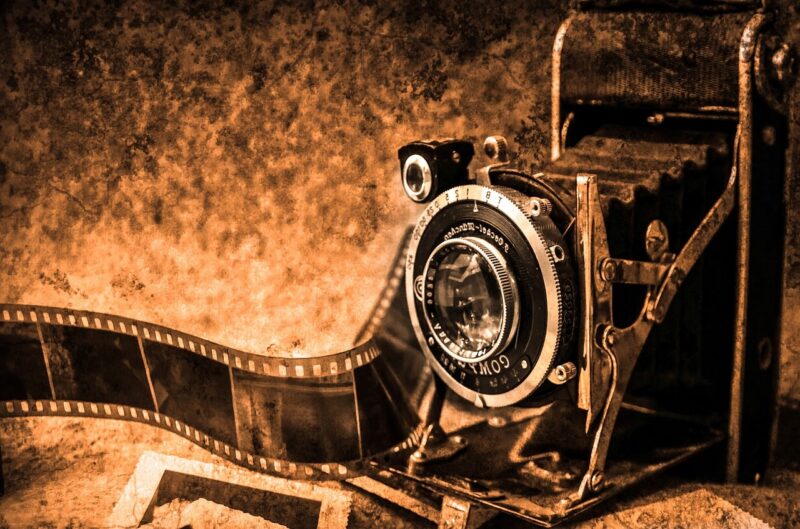From Page to Screen: The Challenges of Adapting Literature into Film
November 18, 2024

Adapting literature into film is an intricate and challenging process that often invokes a range of emotions among fans and critics alike. While the allure of bringing beloved stories and characters to life on screen is undeniable, the transition from the written word to a visual medium comes fraught with complexities. This article will explore the multitude of challenges faced during the adaptation process, while also highlighting the creativity involved in transforming literary works into engaging films.
1. Understanding the Source Material
Before any adaptation can begin, a thorough understanding of the source material is critical. This involves analyzing themes, character arcs, and narrative structures that may not translate seamlessly to film. Literature often explores inner thoughts and elaborate descriptions that are difficult to portray visually. A filmmaker must interpret these elements and decide what to include, what to exclude, and how to present the story in a new light.
1.1 Character Depth and Inner Monologue
Many literary works provide deep insights into characters’ thoughts and emotions, which can create a rich tapestry of understanding. However, a movie’s primary language is visual. Thus, conveying inner monologues requires creative solutions such as voiceovers, visual symbolism, or dialogue. Striking a balance between maintaining the essence of the character while adapting to the constraints of the screen is a quintessential challenge.
2. Length and Pacing Challenges
One of the most significant challenges of adapting a novel into a film lies in the constraints of time. Most movies typically run between 90 minutes to 2 hours, while novels may feature intricate subplots, extensive character development, and lengthy discussions of themes. This discrepancy raises vital questions:
– Which characters and subplots should be included?
– How can the pacing of the narrative be modified without losing essential tension and engagement?
Filmmakers often face the hard decision of eliminating certain scenes or characters that might seem pivotal within the context of the book. This often leaves ardent fans frustrated when their favorite subplot or character arc is omitted.
3. Visual Interpretation and Artistic Choices
Cinema is a visual medium, which invites a unique set of challenges when translating a literary format full of detailed descriptions and imaginative landscapes. The visual representation needs to reflect the world’s tone, mood, and atmosphere effectively, while also regarding the author’s original vision.
3.1 Interpretation of Style
Each author has a distinct style. For example, the minimalism of Hemingway vastly differs from the floral prose of Gabriel García Márquez. Filmmakers must channel and adapt these styles to fit visual storytelling, often leading to a re-evaluation of the narrative’s tone. As an example, the adaptation of “The Great Gatsby” saw various directorial decisions to convey the opulence and the underlying melancholy of the Jazz Age, influencing the visual style profoundly yet differently compared to Fitzgerald’s writings.
4. The Audience’s Expectations
Adaptations can be polarizing, with varying expectations from audiences. While some viewers approach adaptations with an open mind, others come with pre-existing attachments to the source material. The challenge for filmmakers lies in respecting the source material while also appealing to a broader audience.
4.1 Balancing New Interpretations with Fan Expectations
Changes made during the adaptation process can elicit strong reactions from fans of the book. For example, the adaptation of Stephen King’s “The Shining” diverged significantly from its source material, leading to mixed reactions, with the film gaining critical acclaim but leaving hardcore fans divided. Futile efforts to appease all fans can lead to a diluted product that fails to resonate on either front.
5. Rights and Legal Challenges
Securing the rights to adapt a literary work is essential. This often involves legal negotiations and contracts that can delay or even derail potential adaptations. Authors and their representatives may hold specific requirements, which can complicate the process of adaptation.
When the adaptation finally occurs, changes might also invoke discussions regarding intellectual property rights—how much creative freedom is permissible while still respecting the original context of the work?
6. The Challenge of Themes and Context
Literature often grapples with complex themes, social issues, or historical contexts that can be relegated to background noise in film adaptations. Capturing these themes without burdening the screenplay can be daunting.
6.1 Subsequent Interpretation and Relevance
An adaptation’s relevance may also shift over time. For instance, adaptations of works like “To Kill a Mockingbird” or “1984” often face the challenge of portraying historical contexts while remaining relatable to contemporary audiences. Filmmakers must make adjustments while honoring the essence of the themes to engage with modern viewers.
Conclusion: The Art of Adaptation
Despite the myriad of challenges faced, the art of adapting literature into film presents opportunities for creativity and innovation. Every adaptation represents a unique collaboration between the writer’s original vision and the filmmaker’s artistic interpretation. Successful adaptations have the potential to invite new audiences to the original literary works while simultaneously offering an engaging cinematic experience.
The adaptation process is not merely about translating text to screen; it involves re-creating emotions, evoking thoughts, and inviting viewers to experience a familiar story in an entirely new way. As long as there are stories to tell, the dialogue between literature and film will continue to flourish, providing us a rich tapestry of artistic expression to explore.
**Final Thoughts:** The challenges of adapting literature into film are immense, but when approached with care, creativity, and respect for the source material, the result can transcend both mediums, offering a delightful experience for both readers and viewers alike.








